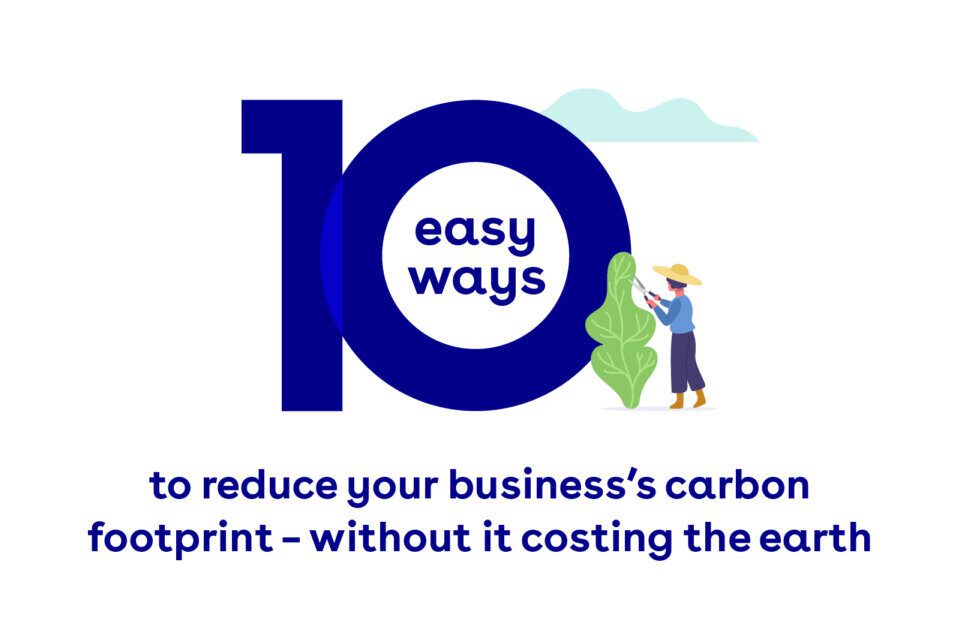Regenerative Farming – A Brief Introduction

Just like forests and oceans, soil has the ability to act as a carbon sink, sequestering large quantities of carbon from our atmosphere and cooling our planet. But depending on how land is farmed, it also has the potential to release carbon back into our atmosphere.
Unfortunately as a result of conventional farming practices which rely on constant tilling and the overuse of fertilizers, our soils have become degraded, depleted in nutrients and not nearly as efficient in sequestering carbon. What’s needed is a shift to smarter farming that goes beyond being simply ‘sustainable’.
Enter regenerative farming. Regenerative agriculture differs from traditional farming by avoiding tillage and utilising cover crops to build a happier soil, alive with microorganisms. It looks to work alongside nature, avoiding fertilizers and encouraging wildlife, all the while sequestering carbon.
As opposed to the conventional farmer who may solely grow cabbages for years on the same piece of land, the regenerative farmer tends to grow a diverse range of crops alongside livestock. This means that different nutrients are fed into the soil and in turn the soil can feed the diverse range organisms living within it. A more diverse soil means healthier, more nutrient dense food as well as becoming a more effective carbon sink, ultimately mitigating climate change by pulling carbon from the air.
When you bear in mind that conventional farming is responsible for approximately one third of greenhouse gas emissions, regenerative agriculture proves there is a viable way of farming productively with the environment in mind.



